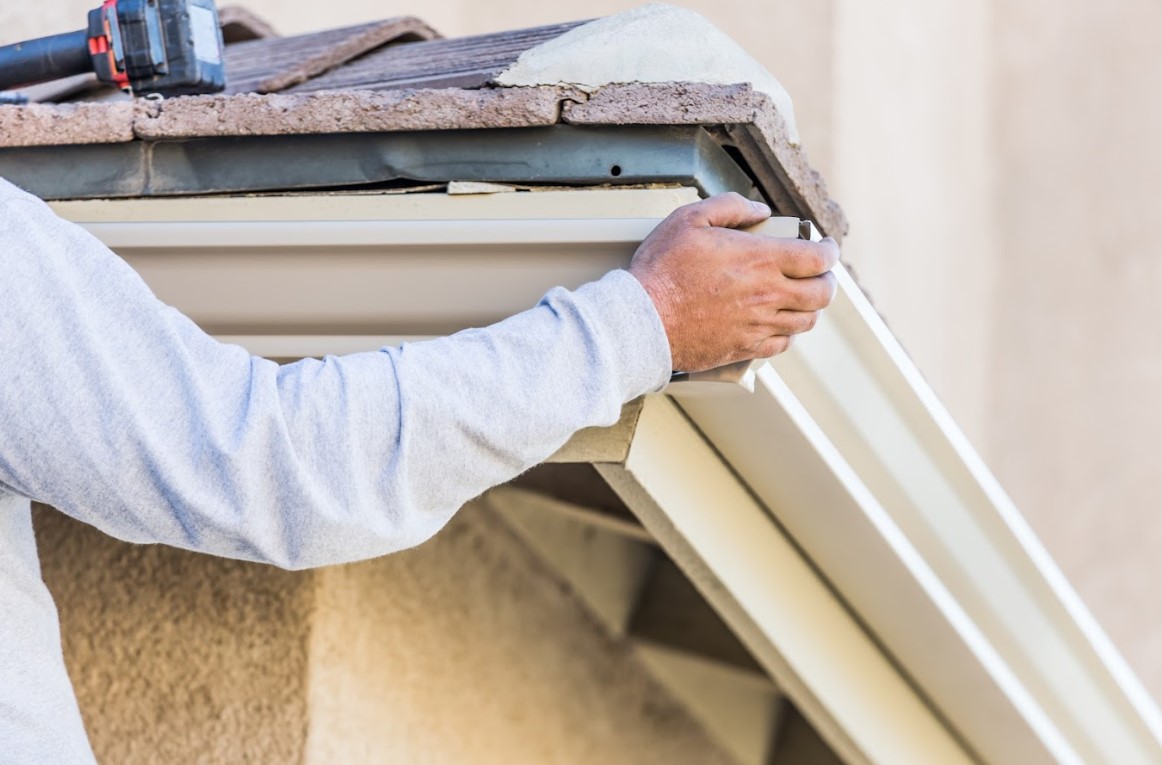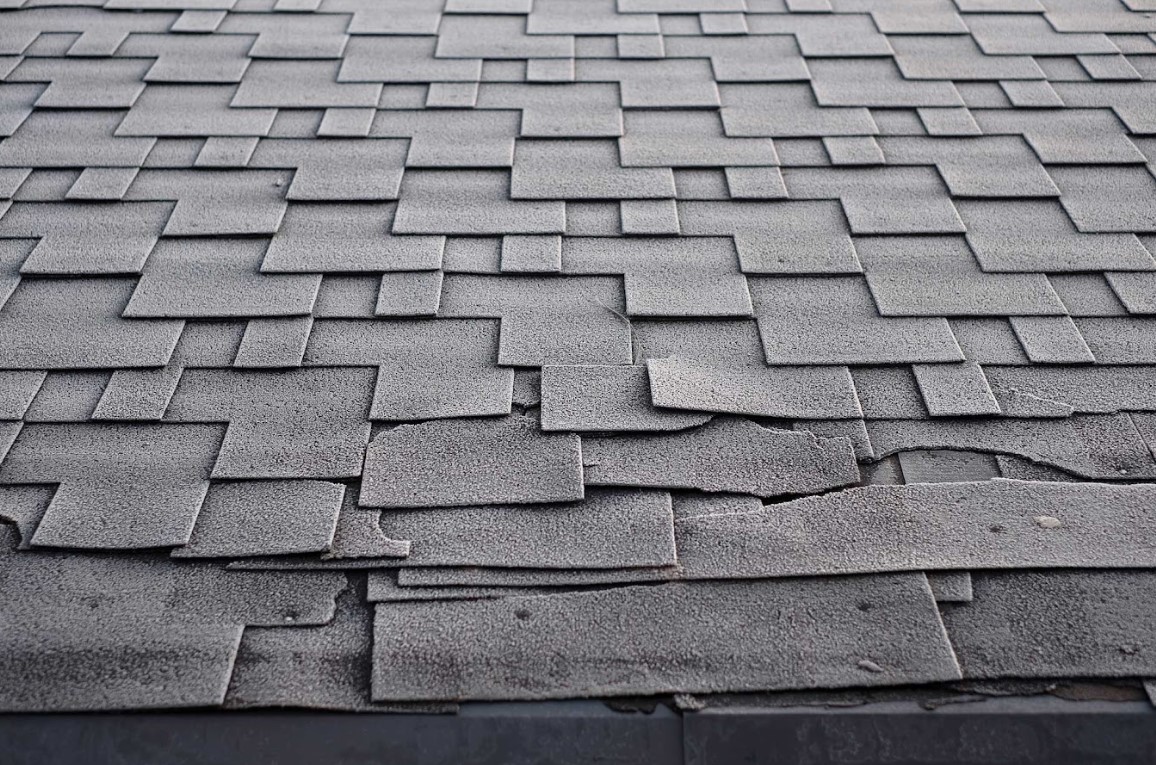Is Your Roof Prepared for NC Storms?
•
Written By
Summit Roofing of NC

After a Raleigh thunderstorm, the air hangs heavy. You walk outside, glance up at the roofline, and wonder: is your roof prepared for storms?
Most homeowners don’t think much about the roof until water shows up where it doesn’t belong. By then, the question’s already been answered—and not in your favor.
At Summit Roofing of NC, we’ve watched roofs hold steady through hurricanes and we’ve seen others fail under the first hard gust. The difference isn’t luck. It’s whether the roof was built and maintained with storms in mind.
In this blog, you’ll learn:
- The signs of roof weakness before storm season
- How NC weather uniquely stresses homes
- What a professional storm damage inspection covers
- What insurance does—and doesn’t—pay for
- What emergency repairs look like when things give way
- A checklist to keep your roof storm-ready year after year
- Local answers to common storm damage questions
Signs of Pre-Existing Roof Weakness
Storms don’t invent problems; they expose them. That shingle corner that lifts in a breeze today will likely be gone in the next gale. The sand-like grit in your gutters isn’t just dirt—it’s granules from shingles wearing thin. A sagging patch in the roof deck is a quiet surrender under weight or water. And a faint ceiling stain is rarely “just cosmetic.” It’s an early warning that leaks are at work.
Quick signs to check before storm season:
- Loose shingles
- Granule loss in gutters
- Sagging roof areas
- Minor ceiling leaks or stains
If you see these now, the next storm is a matter of “when,” not “if.”
How NC Weather Threatens Roofs
North Carolina doesn’t test roofs politely. It comes at them from every angle. Hurricanes whip in with winds that lift shingles and panels right off the edges. Sudden hailstorms bruise asphalt, dent metal, and leave granules sliding into downspouts. Long stretches of rain drive water under flashing and seams. And in the mountains, ice dams trap meltwater, pushing it beneath shingles where it quietly rots the decking below.
Meeting local code is the bare minimum. But storms don’t care about code—they exploit shortcuts.
What a Storm Damage Roof Inspection Really Covers
A proper inspection isn’t just a glance from the street. It’s hands on. We check the flashing first, because that’s where leaks usually start. We walk ridges and vents to see if the roof is breathing or suffocating with trapped heat and moisture. We study the gutters, because drainage can either work with the roof or sabotage it.
The end product isn’t just a list. It’s judgment. What’s urgent, what can wait, and what storms will exploit if ignored.
What Insurance May or May Not Cover
Insurance isn’t a blank check for roof damage. It draws a line between sudden, storm-driven destruction and the slow creep of neglect.
- Covered: sudden, documented damage from wind, hail, or debris
- Not covered: aging shingles, poor maintenance, or long-ignored leaks
- Proof matters: inspections and photos make claims stronger
Storm Damage Claims Tip: After a storm, take clear, date-stamped photos—even if you don’t notice damage right away. Having before-and-after comparisons often speeds up approval and keeps the adjuster from pushing back.
Documentation isn’t about fear—it’s about evidence.
What Emergency Repairs Look Like
When storms win, the priority shifts from “fixing” to containing the damage. Tarping shuts down the leak at its source. Clearing branches or torn shingles keeps water paths from widening. Inside, plastic sheeting buys you time by keeping water out of living spaces.
- Tarping to stop water entry
- Debris removal to prevent further damage
- Interior protection to contain leaks
Emergency work is triage, not a cure. It buys you breathing room to make the right long-term decision.
Creating a Roof Maintenance Checklist
Storm readiness is built over years, not days. That means regular discipline:
- Bi-annual inspections every spring and fall
- Post-storm checks after hurricanes, hail, or high winds
- Gutter clearing at least twice a year
- Moss and mildew treatment before North Carolina humidity turns streaks into problems
This isn’t busywork. It’s respect for the system that stands between your home and the weather.
Deep Dive: Roofing Materials and Storm Resistance
Different roofs hold up to storms in different ways. Asphalt shingles are affordable and common, but vulnerable to hail and wind uplift. Architectural shingles offer thicker layering and better durability, often lasting 30–35 years. Metal roofing goes further—its interlocking panels resist high winds and hail, with a lifespan stretching 40–70 years.
The material matters, but so does the workmanship. Even the strongest panel can fail if it’s fastened carelessly.
FAQs: Storm Damage and Roof Inspections in Raleigh
How do I know if my roof has storm damage?
You know your roof has storm damage when you see missing shingles, granules piling in gutters, dents in flashing, or new leaks showing up inside your home.
What is a storm damage roof inspection?
A storm damage roof inspection is a professional evaluation of your shingles, flashing, decking, and drainage systems to determine whether hail, wind, or water has compromised your roof.
How often should I schedule a roof inspection in Raleigh?
You should schedule a roof inspection in Raleigh once per year, and always after major storms such as hurricanes or hail events.
Will insurance cover storm damage to my roof?
Insurance will cover storm damage to your roof if the damage is sudden, well-documented, and not the result of poor maintenance or age.
What should I do if I suspect storm damage?
If you suspect storm damage, you should call a roofing professional for a full inspection and documentation before contacting your insurance provider.
Is metal roofing better than shingles for storm protection?
Metal roofing is better than shingles for storm protection because interlocking panels hold up against high winds and hail more effectively than asphalt shingles.
The Takeaway: Prepared Roofs Survive Storms
Storms in North Carolina aren’t rare—they’re inevitable. Your roof is either ready or it isn’t.
At Summit Roofing of NC, we don’t build to the bare minimum. We build as if the next storm is already on the radar. Since 2018, that’s been our way: honest inspections, careful work, and roofs that hold up when it matters most.
Schedule your free inspection today. No pressure—just the truth about whether your roof is storm-ready.



